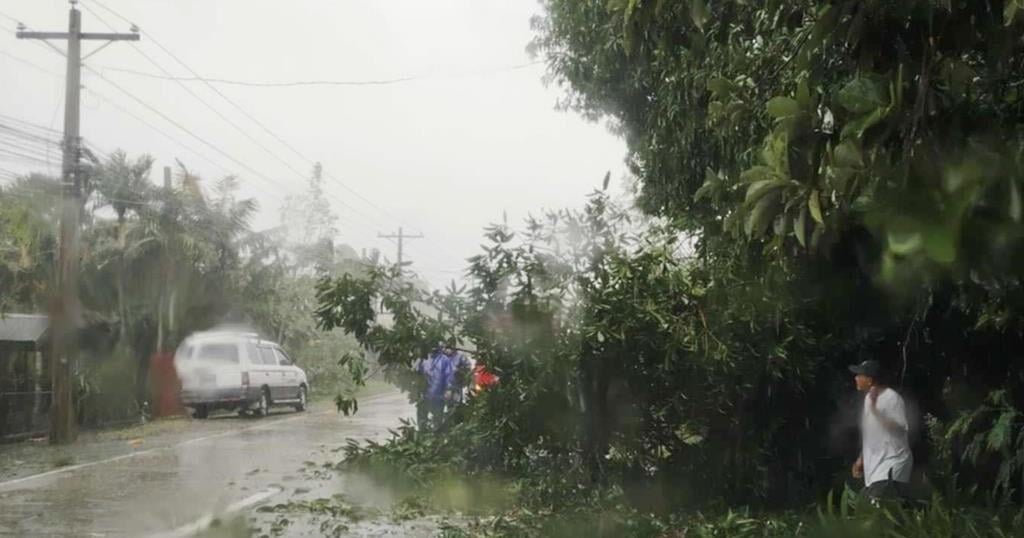Here is a roundup of stories from Canadanewsmedia designed to bring you up to speed…
Poll suggests Canadians expect Trudeau to stay
A majority of Canadians think Prime Minister Justin Trudeau will stay on to lead his party in the next election even as his approval ratings are still extremely low, a new poll suggests.
Questions about Trudeau’s future have swirled for more than a year as his Liberal party trails the Conservatives by a substantial margin. Those questions intensified in the last week after the Liberals lost a stronghold to the Conservatives in a byelection in Toronto on June 24.
A Leger poll, conducted online of 1,521 people between June 28 and June 30, found two-thirds of those who responded believe Trudeau will remain as party leader all the way to the next election. Under Canada’s fixed-date election law, that has to happen by the fall of 2025.
One out of every three people surveyed said they think Trudeau will step down before the end of this year, with many of those thinking it will happen by Labour Day.
First GST/HST credit payment set for July 5
The first of four payments from the GST/HST credit is set to hit Canadians’ bank accounts on July 5.
The non-taxable credit, which is paid in four parts, is for individuals and families with low and modest incomes to help offset sales taxes they pay.
The Canada Revenue Agency says single Canadians could get up to $519 over the course of the four payments, while those who are married or have a common-law partner could get up to $680.
For each child under 19 years of age, there’s up to $179 in additional credit.
The CRA says this year’s round of payments, calculated using 2023 tax returns, will arrive on July 5 and Oct. 4, 2024 and on Jan. 3 and April 4, 2025.
Defence begins case in Pat King trial
The criminal trial of “Freedom Convoy” organizer Pat King is set to resume today as the defence begins its case.
King was a prominent figure in the convoy that gridlocked downtown Ottawa for more than three weeks in 2022 in a massive protest against COVID-19 public health restrictions, vaccine mandates, and Prime Minister Justin Trudeau.
King has pleaded not guilty to mischief, counselling others to commit mischief, obstructing police, and other offences related to his role in the three-week-long demonstration.
When his trial began in May, the Crown argued that King was an outspoken leader in the protest who wielded influence over the crowds as they blocked streets and blared air horns through all hours of the night and day.
Alberta town’s health-care crisis not rare: mayor
In Hinton, Alta., an industrial town in the shadows of the Rockies, residents left without a doctor to write prescriptions face a three-hour drive to Edmonton to try their luck at a walk-in clinic.
Hinton is down to eight family physicians, half of what’s needed for the town of 10,000. And of those remaining, some are working part time or making retirement plans.
The town council has formally declared it a health crisis and is looking at dipping into its own pockets to find $500,000 to keep the physicians from closing up shop.
Mayor Nicholas Nissen said he’s disappointed the town may be on the hook for something that’s not a municipal responsibility.
Regulated industries speediest adopters of AI: AWS
As a wave of companies rush to embed artificial intelligence into their operations, Matt Wood has noticed the technology’s fastest adopters are businesses more typically described as slow to change.
The speedy adopters span regulated industries like health care, life sciences, financial services, insurance and manufacturing — a shock even for someone as plugged into the world of AI as Wood, Amazon Web Services’ global vice-president of AI products.
“If you’d have told me a year and a half ago that 160-year-old life insurance companies were going to be in the vanguard of artificial intelligence usage, I probably would have been a bit surprised, but that’s turning out to be the case,” Wood said, referencing Sun Life Financial Inc. in an interview, fresh off a visit to Toronto for the Collision tech conference.
B.C. chefs adapt after stone fruit wipeout
Chef Gus Stieffenhofer-Brandson says that when it comes to a fat B.C. peach, there are “endless possibilities” for a fruit that signifies summer.
Maybe a salad? “They play so nicely together with nice blackcurrant leaf oil and maybe some rose vinegar and crunchy salt and some fresh shiso (Japanese mint) and basil,” said Stieffenhofer-Brandson, who has earned a Michelin star for Published on Main in Vancouver, regularly listed among Canada’s best restaurants.
Perhaps peaches on top of crispy focaccia paired with whipped ricotta, or roast peaches with seared foie gras? And peach desserts never disappoint, said Stieffenhofer-Brandson, as he described blending plump poached peaches with almond cream and rose granita, in a “really lovely combination.”
But not this year.
Stieffenhofer-Brandson and other top chefs in B.C. who pride themselves on seasonal and local fare are working without some of their favourite summer ingredients after the province’s stone fruit harvest was almost wiped out by a January cold snap.
Former students recall science centre’s school
From DNA extraction to space shuttle simulations to a field trip to a nuclear reactor, former students of the school operated out of the Ontario Science Centre are reminiscing about their formative experiences, following word of the centre’s abrupt closure.
The science centre did not respond to questions about whether its science school would continue, but with the province searching for a temporary home that wouldn’t open until 2026 ahead of a new facility at Ontario Place set to open in 2028, the school’s future seems at best uncertain.
The school allowed up to 36 Grade 12 students at a time to spend one semester learning at the science centre, taking some of their high school science courses, such as biology and chemistry there, as well as an innovation course that saw them present projects and explain exhibits to science centre visitors.
Former students say if the school doesn’t continue, it would be a huge loss for others who may not get the same opportunities they had at the school, which opened up a world of potential.
—
This report by The Canadian Press was first published July 4, 2024






















